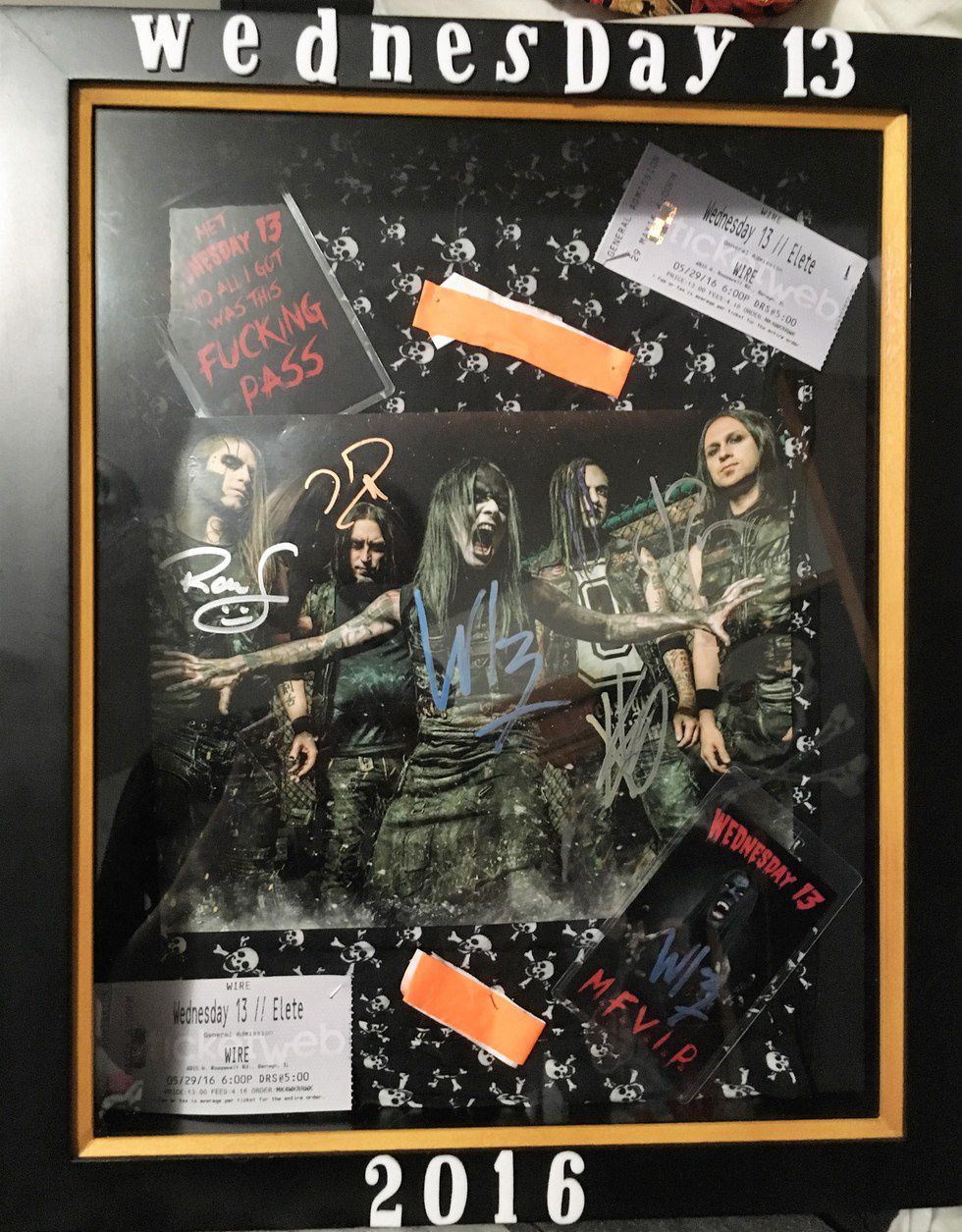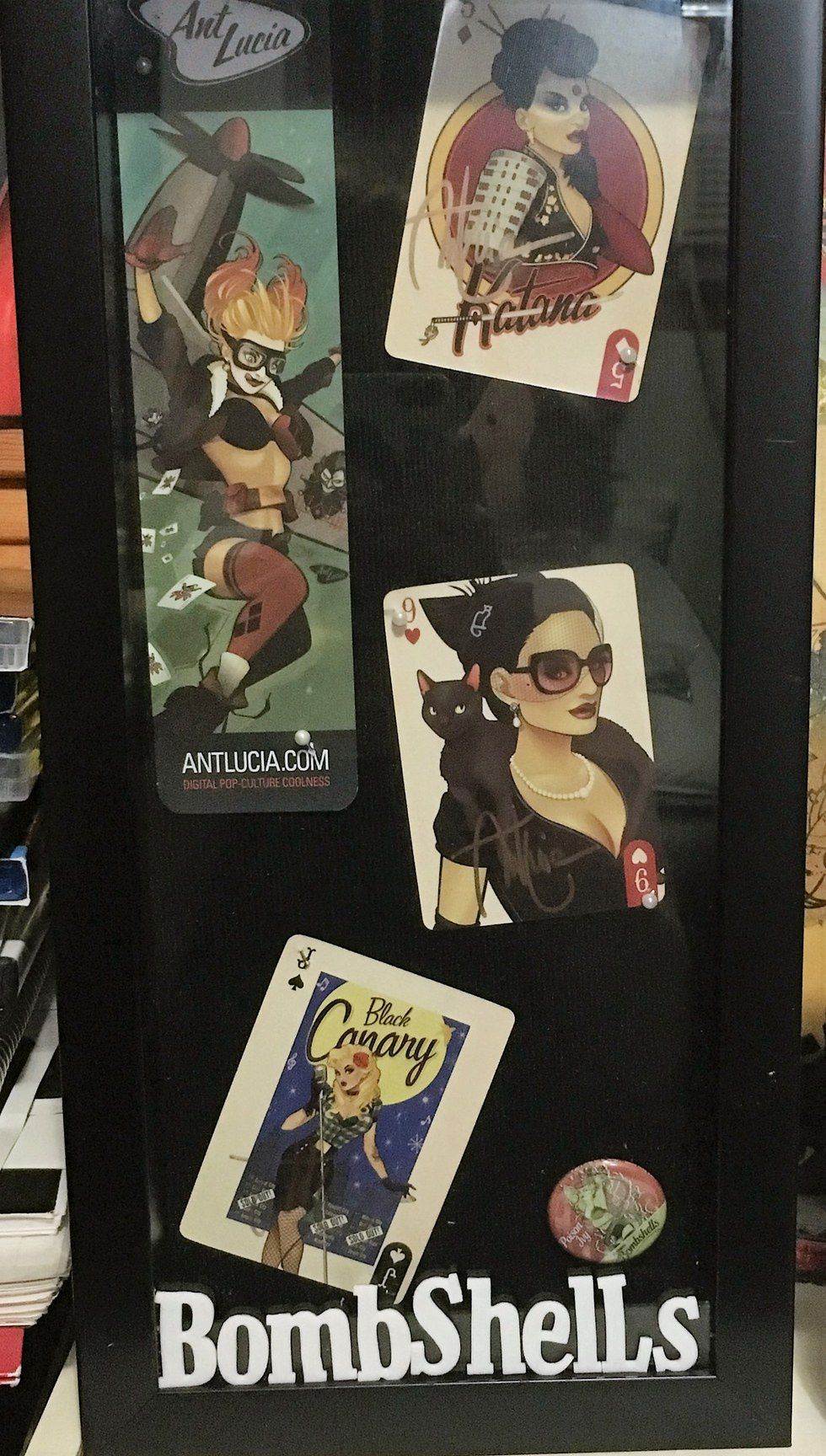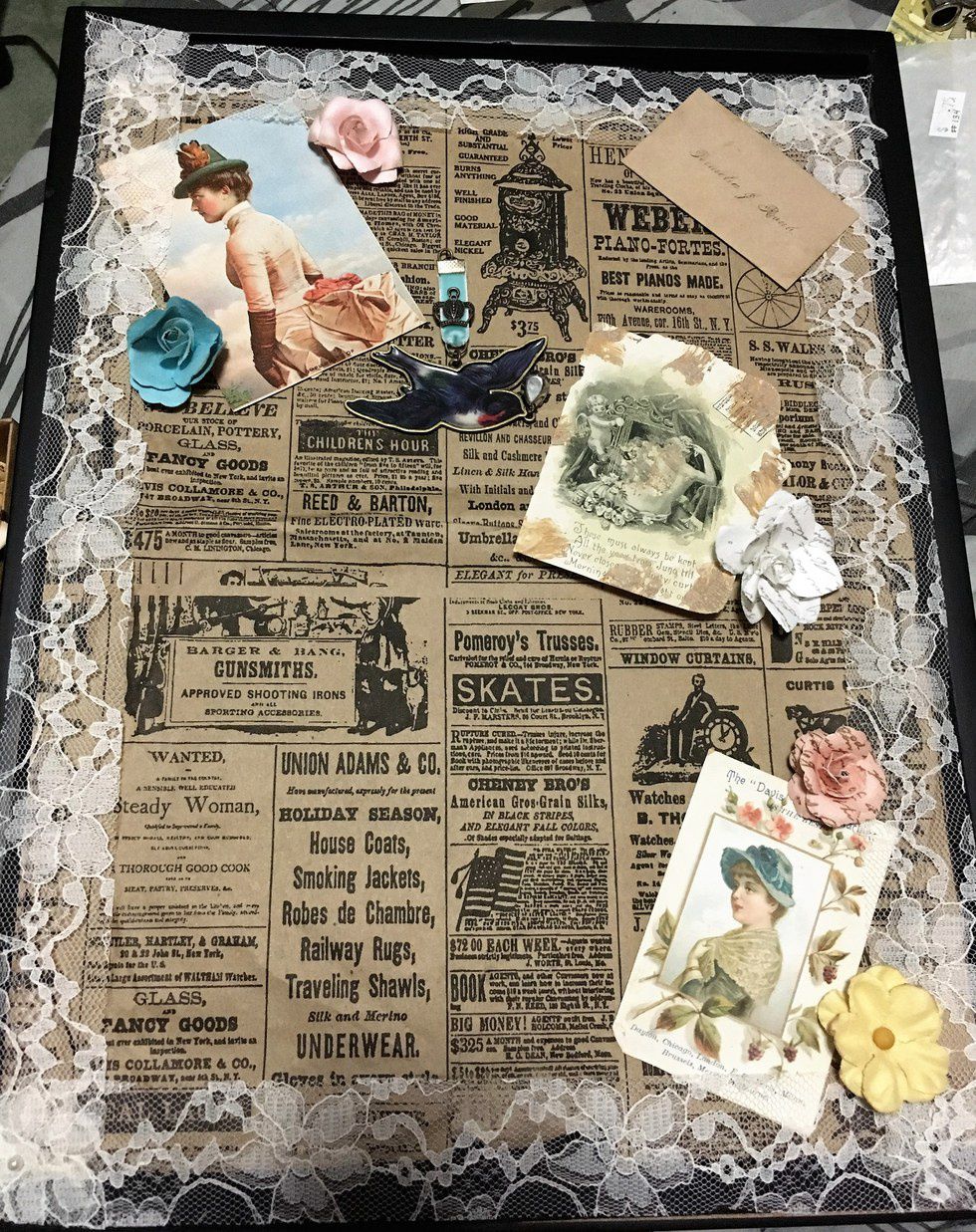y
Open Up Your Art
Artists of all kinds lead interesting, often hectic lives. We have commissions to make, deadlines to meet, and promises to keep. In pursuing the arts, we have devoted our lives to the creative process, one that can be as strenuous as it is demanding. Our passions have guided us in our decision-making, and it influences us to continue moving forward. However, submerging ourselves into the tumultuous waters of the art world often threatens to drown such passion. At times, deadlines and promises are cumbersome, and the pressure to complete a task in the manner others expect from you can be daunting. Some days, we just want to make something without having to feel like it must be one-hundred percent, picture-perfect. We want to relive the joy of the creative process, one that is not threatened by a time limit. We desire to push our creative boundaries without going over those laid by our teachers, customers, or employers. If you are feeling uninspired lately, learning a new form of art or creating your own projects can help you revitalize your creativity. I am here to tell you that you can, and certainly should try, either as an artist or someone who wants to be artistic. It can be both beneficial and rejuvenating.
From: http://quotesgram.com/quotes-about-creativity-and-...
In the past, I have discussed the wonders of what being creative can do to the human mental state. Despite all of the positives of creativity, those of us who practice some form of art for a living might feel the need to work on other projects to obtain a desired state of satisfaction, or to relieve stress. As one who meticulously practices writing, there are times when I need to turn my attention to something else. I still want to be creative, but I realize that it might be time to take a break and find new possibilities. Opening up yourself to a new project has the potential to make you see your other projects—both personal and work-related—with a fresh outlook. Recently, this has been the case for me in my creation of shadow box collages.
If you are unfamiliar with shadow boxes, let me introduce you to them. A shadow box is similar to a picture frame, often square with glass shielding, but is deeply-set and comes with fabric-covered, cardboard backing. Shadow boxes come in all sorts of styles, shapes, and sizes, and can be top-loaded, front-loaded, or back-loaded with any small objects of your choosing. Most shadow boxes come with some starter pins—about four—which you can use to pin your objects the backing. The boxes are often used to mount photographs, trophies, medals, and other memorabilia. The construct of the boxes allows for precious items to be kept safe from the elements, as well as for the items to be uniquely displayed around the house. While I have found the boxes quite useful for this purpose, I have also discovered that the shadow box can be more than just a basic display case or picture frame. With a creative vision, a shadow box can become the vessel for a themed collage or an interesting arrangement of various items.
Self-taken image: This was my first shadow box collage; not perfect, but special and important to me. It allowed me to do something creative with items that are important to me.
My first go-around with a shadow box came after I acquired autographed photos from a concert I attended earlier this year. I wanted to make sure these items were protected. Yet, I felt that putting them all in a frame would not be as interesting. The creativity in me sparked; suddenly, I found myself organizing a layout for a shadow box. During the process, I felt completely free of stress and focused. This shadow box did not have to impress anyone, or follow a standard. The layout could follow my vision, completely free of any outside influence. Rearranging the items and finding small accompaniments to the photos was akin to going on an adventure. I did not feel anxiousness; I felt a drive, propelled solely by my desire to create something unique from fragments of my experience. When at last I had organized the items, an overwhelming feeling of accomplishment took over my being. I had done something new, and had enjoyed every moment of it, despite not ever having done it before. I could free myself from the weight of perfectionism, something that often plagues many of us who create. The shadow box now sits beside me at my desk as a reminder that I have an opportunity to create something for the sake of creating it, for the experience, and for the release.
Since creating the first shadow box, I have gone on to make others. I have become inspired by commemorative items, as well as found objects. Recently, I acquired a package in the mail, which came in an envelope made from 19th century-style newspaper wrapping. The printing on the wrapping became a backdrop for two new shadow boxes, which I hope to use for collages featuring antique prints from the Victorian era. Not only have the shadow boxes inspired other shadow boxes, but they have also influenced my writing. Collecting the objects for the boxes allows my imagination to blossom. Just this weekend, I came across an old calling card at an antique shop. Printed upon the card was the most interesting name I have heard in quite some time: Permelia. Since purchasing the card and holding it in ginger hands, I’ve pondered the true identity of Permelia. I have wondered about their story, and how it came to be that a little calling card survived all these years and wound up in a bin in an antique store. So many tales can be spun from a simple item; inspiration can be found anywhere.
Of course, shadow box collages aren’t for everyone. The boxes themselves can be costly—even with store discounts—and it can be difficult to store them if you lack space for them, as they can be bulky. Furthermore, some might just find the process tedious instead of relaxing or captivating. Exploring other creative outlets is certainly encouraged if this kind of creative process is not for you. Perhaps you like organizing, but have no interest in acquiring such sizeable boxes. If so, scrap-booking exists as a good alternative, or just creating collages in general. Still, if you loathe organizing and cutting-and-pasting, there are a plethora of other crafting activities to discover. If you enjoy activities that are more hands-on, consider things like wood-working, doll-making, flower arranging, sewing, or even soap- or candle-making! There are plenty more art skills out there to learn. What would you choose?
Allowing yourself to approach a new art form with openness instead of aversion can remind you why you pursued your artistic passions in the first place. It can also open your eyes to the benefits of creativity, such that is free of the pressures of perfection. Rediscovering the creative process via brand new activities can inspire you to put more effort into the art forms you already practice. Even if you are not an artist, exploring the realm of creativity through a new hobby can enrich other areas of your life, such as organization and planning. What’s more, it can benefit your mental health by relieving you of stress, giving you confidence, and offering you a sense of fulfillment. Watching something start off as an empty box, a blank sheet of paper, or a lump of clay and metamorphosis into a shadow box collage, a poem, or a sculpture can instill you with pride. After all, for us who have been drawn to the creative world, isn’t that why we began pursuing art in the first place? We wanted to create something with our own two hands, extracting it from our inner selves and making it come to life in the real world. Venturing into previously-untouched territory and becoming a student again can remind you of why you worked so hard to become a master.






















